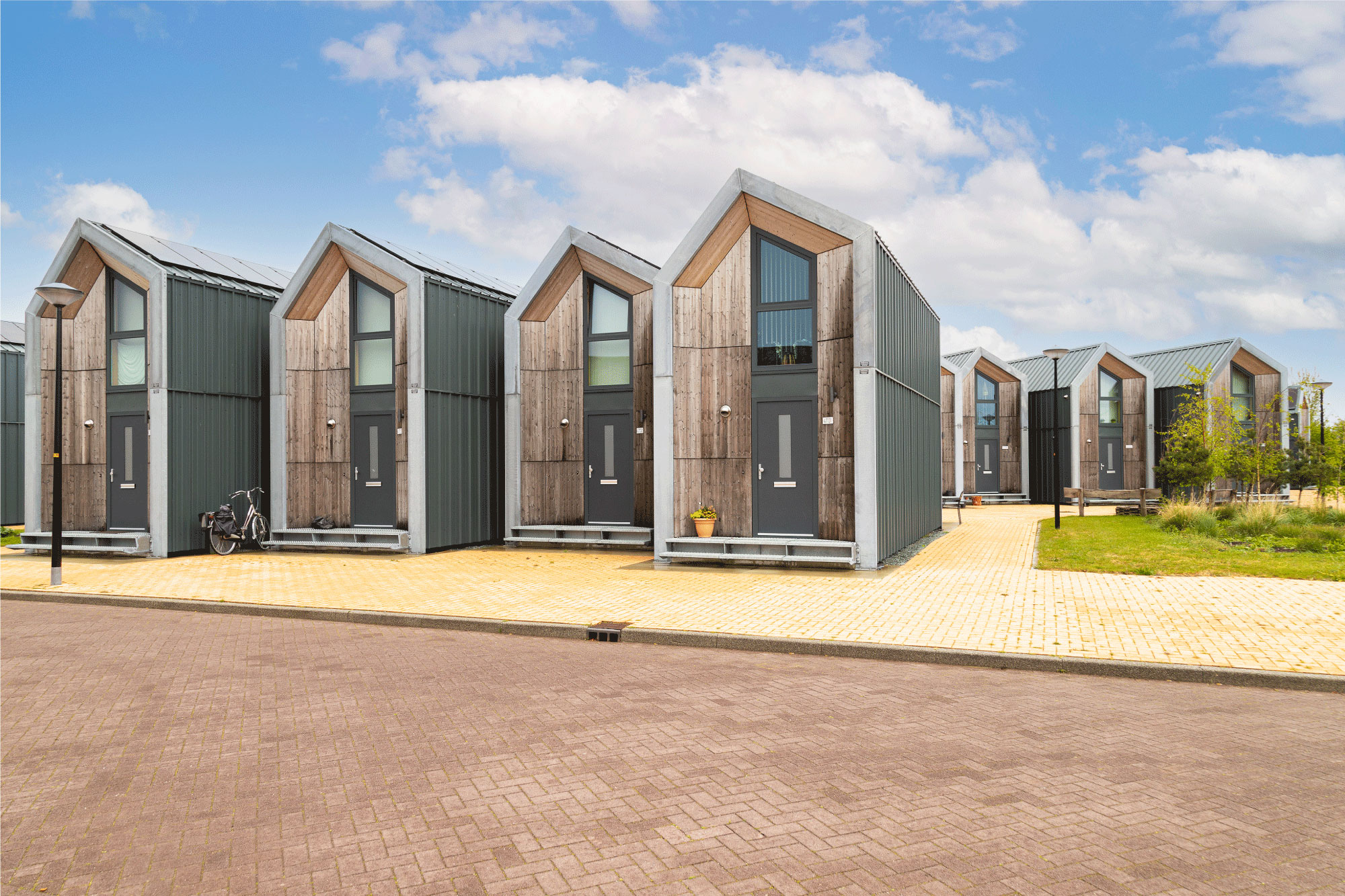Unlocking Efficiency: The Role of Ratio Billing for Accessory Dwelling Units
As the demand for housing intensifies and urban spaces become more constrained, innovative housing solutions are gaining traction. Accessory Dwelling Units (ADUs) have emerged as a practical and sustainable approach to address housing challenges while making the most of available space to create small, affordable housing opportunities. But with the inclusion of ADUs on a property comes the challenge of fairly recovering utility costs. Ratio Utility Billing is the answer! Read on to learn more about how you can make the most of this revenue-generating opportunity.
What Are Accessory Dwelling Units (ADUs)?
First things first – let’s talk about ADUs. You might be more familiar with them under other names like “granny flats,” “in-law suites,” or “backyard cottages.” Essentially, ADUs are secondary living spaces attached to or located on the same property as a primary residence. They can take various forms, including basement apartments, garage conversions, or detached cottages.
ADUs have been gaining popularity for several reasons. They provide a practical solution for families seeking additional space for elderly parents, adult children, or guests. Furthermore, they open up opportunities for homeowners to earn extra income on their property.
The Increasing Need for ADUs
In recent years, housing affordability has become a pressing issue in many cities and neighborhoods. The high demand for housing, coupled with limited space and rising property prices, has made it challenging for people to find suitable homes within their budgets. ADUs make use of available space on a property, homeowners can expand their living options or provide affordable rental housing to others.
The Utility Cost Conundrum
Now, let’s talk about utility costs. It’s no secret that utility bills can take a significant chunk out of a homeowner’s budget. When an ADU is added to a property, the utility consumption naturally increases. This brings up a vital question: Who should be responsible for paying those additional utility costs?
In some cases, homeowners might choose to include the utility costs for the ADU in the rental price. However, there’s a more equitable and efficient way to handle this: Ratio Utility Billing.
Understanding Ratio Utility Billing (RUBS)
Ratio Utility Billing fairly distributes utility costs among multiple units on a property based on their usage. Instead of just passing on the entire utility bill to the ADU’s Resident or incorporating the costs into the rent, RUBS takes into account the proportionate use of utilities by each unit, without the expense of submetering equipment and installation.
Here’s how it works: The utility bill is divided between the primary residence and the ADU based on an algorithm. Typically, this is done by calculating the square footage and number of occupants in each unit. Each household pays only for the utilities they consume. Utility recovery platforms like Livable do the heavy lifting on the calculations – all you need to do is provide basic information and let the system do the rest. Livable also provides full transparency into utility use, giving Residents the opportunity to lower their bills through reducing consumption.
Important note: Check your local laws. You may need to use submeters for some utilities depending on where you live. Even if you do need or choose to use submeters, a professional payment platform like Livable can help you manage payments and stay in compliance.
Benefits of Ratio Utility Billing for ADUs
- Fair, Transparent Allocation of Costs: Ratio billing ensures that the utility costs are distributed fairly based on consumption.
- Encouragement of Conservation: When Residents are responsible for their utility bills, they are more mindful of their consumption. What’s good for the planet is good for your wallet!
- Financial Sustainability: For homeowners, ADUs can provide an additional source of income. But you can’t raise the rent every time the city raises water prices. Implementing RUBS lets you maintain a healthy bottom line as utility costs, especially water, continue to rise.
- Ease of Implementation: Ratio billing can be easily implemented by property owners and property managers. No separate meters or submeters are needed, making it a cost-effective solution.
ADU’s can address housing challenges, provide additional income, and promote multi-generational living. Ensuring a fair and efficient utility cost recovery mechanism is essential to their success.
As the popularity of ADUs continues to rise, integrating ratio billing into these housing setups can unlock their full potential and contribute positively to housing diversity and affordability. “Livable is here to help,” says Livable CEO Dan Sharabi. “We want to help Housing Providers get the most from their investments and help encourage the conservation of valuable natural resources at the same time.”
So, if you’re a homeowner contemplating an ADU addition, keep the magic of Ratio Utility Billing in mind. It’s not just about fair billing – it’s about building a better, more inclusive future for everyone! Sign up with Livable Pro today to easily manage rising utility costs for your ADU without breaking your bottom line.
Shared by the Livable Content Team
Livable is dedicated to conserving water and other natural resources while helping independent rental owners get more from their investments. To learn more about Livable’s innovative cost recovery solutions and educational initiatives for residents, visit livable.com/apn.









